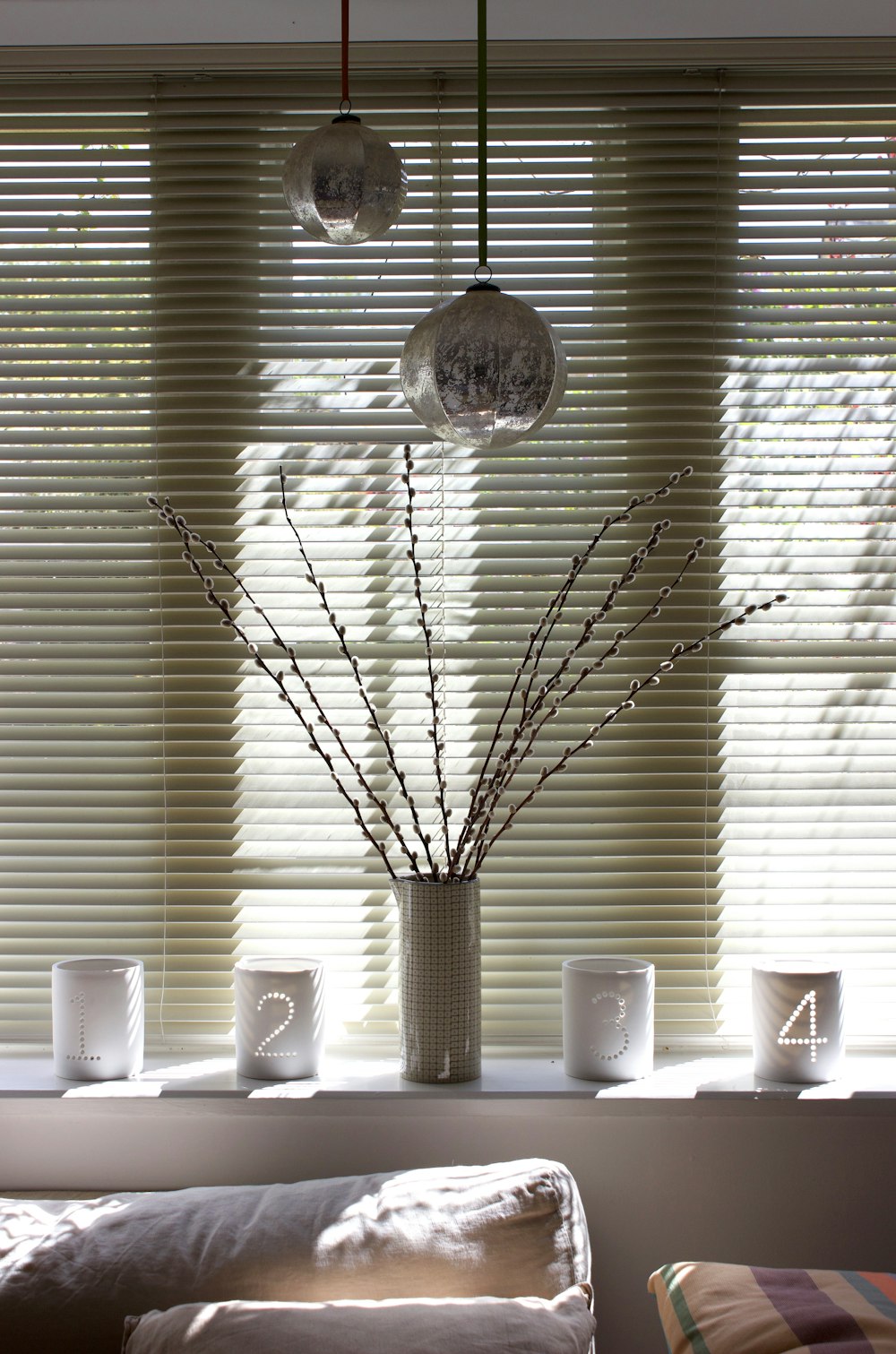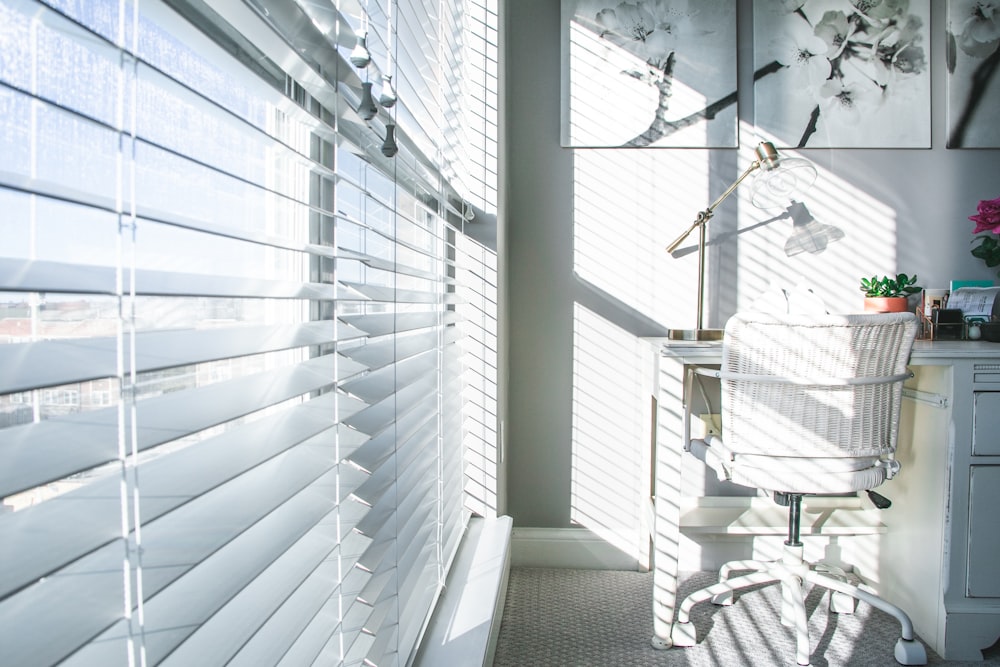One of the greatest things you can have in your home is corner windows. They offer a great outdoor view and allow natural lighting, especially in the residential space. However, most people face a hard time when it comes to treating corner windows since they are tricky to decorate and find the right window coverage.
You need to know that not all window treatments can fit corner windows. Therefore, when searching for window treatment for corner windows, determine your functional preferences and aesthetics to have the right one.
This guide will help when looking for simple yet amazing styles to treat your corner windows in your office or home.

Use valances
Valances are the best options, especially for tall and large windows. They are very applicable and necessary when you don’t want the entire window covered. Therefore, select a heavy fabric valance that contains tassels and loops.
Valances will make the illusion of a smooth corner turn every time you move your curtains by creating a coherent appearance of the whole window set. A nice valance will help add visual interest to your room decoration.
Get semi-sheer curtains
Even though corner windows allow too much light depending on the house’s location, don’t eliminate natural light inside the room by using heavy draperies. Use sheer or semi-sheer curtains and treat the corner window as a unit to create a unifying look.
Sheer curtains look elegant, decorative, and airy. They come in various patterns and colors to fit different style needs and living areas. Sheer or semi-sheer curtains provide the privacy you want without compromising natural light intensity.
Use 90-degree adapters on your hanging rod from one wall to another to create an ongoing window. You can pull sheer curtains to the middle when you don’t want to compromise your privacy. Each side of the corner window should have a sheer curtain and gather on each side of the unit.

Install Blinds
Vertical blinds are perfect, especially when there is a small gap between the corner windows. You have two options depending on your preference: outside and inside mount mechanism. Go for a Venetian blind or inside mount roller blind if your wall has no gaps between the windows. Each blind will create a beautifully streamlined look to the overall room style.
Use layered treatment
You can add style to your corner window and introduce a designer look by pairing up multiple window treatments. For instance, you can put sheers or curtains with blinds. Each piece will play a different yet important role in the corner window. Open curtain or sheer will provide privacy without compromising the intensity of the incoming light and outdoor view, while blinds will enhance your privacy when moved to the corner or pulled down.
Try window scarves or valances with draperies to get a stylish look. Research well before you try a new style combination to have something that looks good on your window and the entire room. Also, look for quality shutters, drapes and curtains when treating your corner window.



















